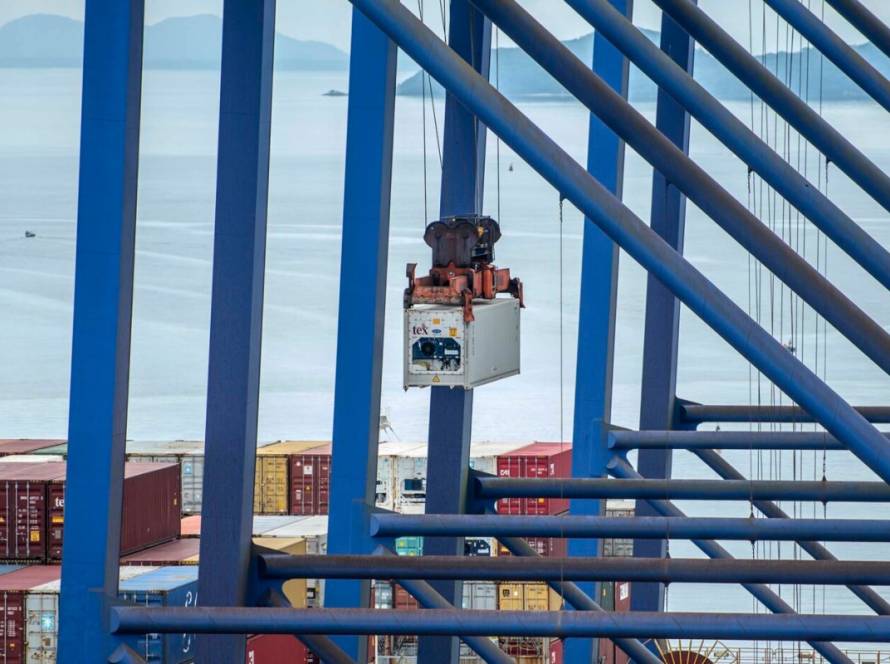The first half of 2025 was a positive year for Brazilian fish farming in terms of foreign trade. According to a survey by Embrapa Fisheries and Aquaculture, in partnership with the Brazilian Fish Farming Association (Peixe BR), the country recorded a 52% increase in revenue and a 49% increase in the volume of fish exported, compared to the same period in 2024. In total, more than eight thousand tons of fish were exported, generating revenue of US$$ 35.9 million.
March led the half-year performance, with shipments exceeding 1,600 tons and revenue exceeding US$1,500,000. Tilapia maintained its position as the flagship product of Brazilian fish farming, accounting for 951,000,000 of exports in the second quarter of the year. Next comes tambaqui, with 21,000,000, maintaining its position as the leading native species exported by Brazil. Both also lead the country's aquaculture production.

Photo: Shutterstock
The United States remains the main destination for Brazilian fish, having purchased the equivalent of US$15.6 million in the second quarter, representing 90% of the sector's exports. Canada comes in second, with US$15.438 million (3% of the total).
The heavy dependence on the North American market, however, raises a red flag regarding the threat of a 50% tariff on Brazilian products. "If this increase in North American taxes is confirmed, the Brazilian fish farming export segment will feel the effects strongly," assesses Embrapa researcher Manoel Pedroza.
According to him, it will be necessary to seek new international markets and expand domestic consumption to mitigate the impacts. "But this will be a difficult task, since the US market absorbs most of the production, and Brazilian exports to Europe have been suspended since 2017," he ponders.
Product diversification
Among the highlights of the second quarter was the growth in frozen fillet exports, which increased by 126% in weight compared to the previous quarter. This figure is seen as a sign of diversification in the export market, traditionally concentrated on fresh fillets. "Brazil is beginning to compete in the large frozen fish market in the United States," observes Pedroza.
Another relevant point was the lack of tilapia imports during the period, even with the possibility of imports from Vietnam. For the researcher, this data reinforces the competitiveness of Brazilian fish in the domestic market.




